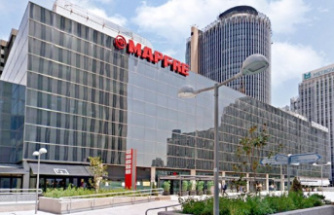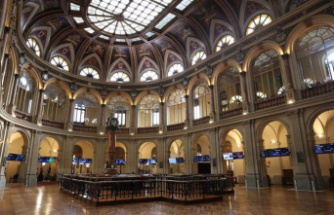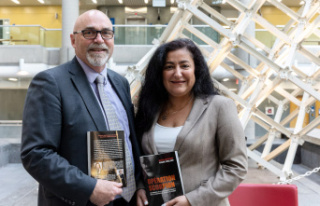It's D-Day for the dreaded start of work in the Louis-Hippolyte-La Fontaine tunnel, but the real ordeal for motorists will only be felt in the coming days and weeks, experts warn.
• Read also: 5 options to avoid the chaos of the tunnel
• Read also: No wonder it's a mess on the roads
• Read also: Not-so-simple B plans to avoid chaos
“It is certain that on Monday, we cannot have the exact pulse, since people often do not work”, points out Daniel Evans, host at Radio Circulation 730.
Starting today, major repairs to the tunnel will reduce access to three of the six lanes, two to Montreal and one to the South Shore, until at least 2025.
This summer, the Ministère des Transports (MTQ) announced that even greater work was needed for this axis between the east of Montreal and the South Shore.
“There is 60% more degradation than expected at the vault of the tunnel,” said the Minister of Transport at the time, François Bonnardel, among others.
Fragile network
Some 130,000 motorists using this link daily will suffer the consequences.
On October 13, the MTQ calculated that 60% of motorists should find a replacement solution to ensure fluidity on the bridge-tunnel, which is not always easy.
“As the network is [already] operating at full capacity, anything becomes a problem,” recalls Jean-Philippe Meloche, director of the School of Urban Planning and Landscape Architecture at the University of Montreal.
He is even more apprehensive of the impact of any accident on the construction site.
It will also be necessary to expect increased pressure on the other crossings as well as an adjustment period for users, according to the experts consulted.
“It brings a lot more people to the Jacques-Cartier Bridge, a lot more people to the Victoria, a lot more people to the Champlain Bridge,” worries Patrick Benoit, traffic columnist on the Salut Bonjour program.
Go through hell
Many motorists will also want to experience the hell of the work zone, and others will have no other option to get to their destination.
"I would be surprised if people were really able to anticipate the impact of the construction site on their mobility," says Professor Meloche. The normal reflex is to go and test it. »
Various mitigation measures have been put in place to encourage the population to avoid ending up for long minutes, bumper to bumper, in traffic.
For example, more than 2,400 free incentive parking spaces will be available on the South Shore, metro crossings on the yellow line will be improved, as will bus lines.
However, "there are a good number of people who will say that the best thing for them is to go into it [traffic]", warns Jean-Philippe Meloche.
►It was expected that the section between Brossard and Montreal of the Metropolitan Express Network could alleviate traffic on the road network, but its commissioning was postponed to the spring













